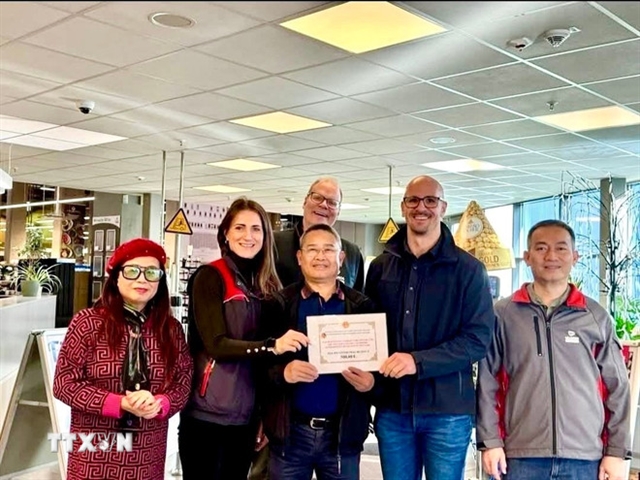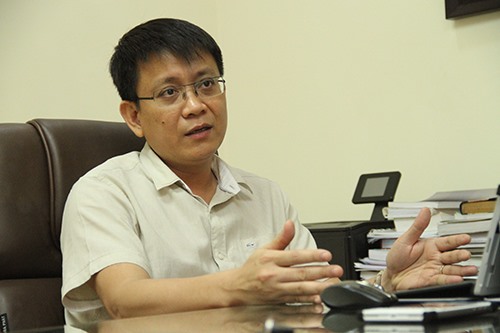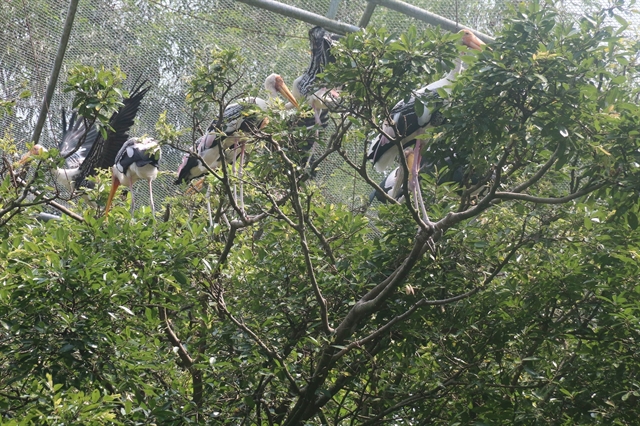 Opinion
Opinion

Lê Đỗ Mười, deputy director of the HCM City Institute for Strategy and Development tells the Vietnam News Agency about the need to reorganise the city's inner transport system
 |
| Lê Đỗ Mười |
Lê Đỗ Mười, deputy director of the HCM City Institute for Strategy and Development, tells the Việt Nam News Agency about the need to reorganise the city’s inner transport system
What is the transport development plan for HCM City from now till 2020 and the following years?
The City’s transport development master plan up to 2020 and the vision after 2020 were approved by the Prime Minister in 2013. I should say that development plan has totally tallied with the idea of the city’s construction planning in that period and the development master plan of the Southern region; of which HCM City is defined as a locomotive for the whole region.
HCM City’s transport development plan covers different transportation modes, including the urban railway network, roads, aviation, domestic waterways and sea routes.
Under that transport master plan, by 2020 HCM City will have some highway axis such as HCM City – Long Thành – Dầu Giây, HCM City – Thủ Dầu Một – Chơn Thành, Hồ Chí Minh – Mộc Bài; Lức ferry – Long Thành; Biêm Hòa – Vũng Tàu. Adding to these highways, the city will up grade the Hồ Chí Minh – Trung Lương express way from 4 lanes to 8 lanes.
Regarding urban transport development, with the present network of inner city public bus system, the HCM City authorities will build 8 urban rail lines, 3 tram lines or monorails together with 6 Bus Rapid Transits (BRT) routes.
In your opinion what are the main causes of serious traffic jams in HCM City, particularly in the road portion leading to the Tân Sơn Nhất airport?
Detailed master plans for the city’s transport development in general and its urban transport in particular have already been developed. However, in order to turn these plans into a reality, the city needs huge capital resources. This is a big challenge for the city itself.
Based on this fact, we have decided to implement the master plan in several phases.
The second reason leading to the serious traffic jam in the city is its geological position. In the past, the city’s expansion was northward to the direction of Đông Nai and Tây Ninh Provinces. But, at present, the city’s expansion turns toward the sea. This is one of the reasons why these days, following heavy rains most of the city is under the water.
It is not easy at all for the city to solve the problem of flash floods coupled with high tides. That’s why the city needs synchronous measures, and transport is only a small part of the puzzle.
Also, it should be a crime not to mention the rapid increase of a huge number of private cars. This is a key force decreasing the amount of people using the public transport system. In my opinion, from now till 2020, and even the following years, public transport system should remain a key means of transportation for HCM City.
Ironically, the city’s bus routes have developed rapidly, but its market share has been shrinking. One of the reasons is that in the past 10 years, most of the buses have become depleted while the maintenance and investment budget has almost been frozen. Maintenance work on the city’s infrastructure has not been properly done due to the shortage of investment money. It is high time for the city authorities to make a change in their thinking toward public transport development to meet the people’s movement requirements.
Regarding traffic jams on roads leading to Tân Sơn Nhất airport as well as in the air, many people have complained that “traffic jam” nowadays occur both “on land and the air”. According to the latest statistics, annual growth rate of the airport has already surpassed the designed capacity.
According to Việt Nam’s master plan for the aviation industry we’ll start to build the Long Thành airport by 2020, some 40 km to the east of HCM City. The Long Thành airport will help reduce passenger loads for the Tân Sơn Nhất airport. Of course, it will also help HCM City solve the problem of heavy traffic jams.
What are the measures to solve the big traffic jam problem in HCM City?
As I have mentioned above, to solve the problem we need synchronous measures, including moving schools, hospitals and government offices to city outskirts. This is a traditional method in the planning field.
In my opinion, three main measures can help solve the problem:
First, high rises should only be allowed to be built outside the ring road No.1
Second, the city should develop a plan to remove the Cát Lái and Sài Gòn ports to outside the city – to the Cái Mép – Thị Vải port, in the Cần Giờ area. This is the most feasible plan to solve the problem of traffic jam in the inner city.
Third, the city should invest more in the public transport development, particularly in the public transport while encouraging people to cut down on using their private means of transport._VNS




